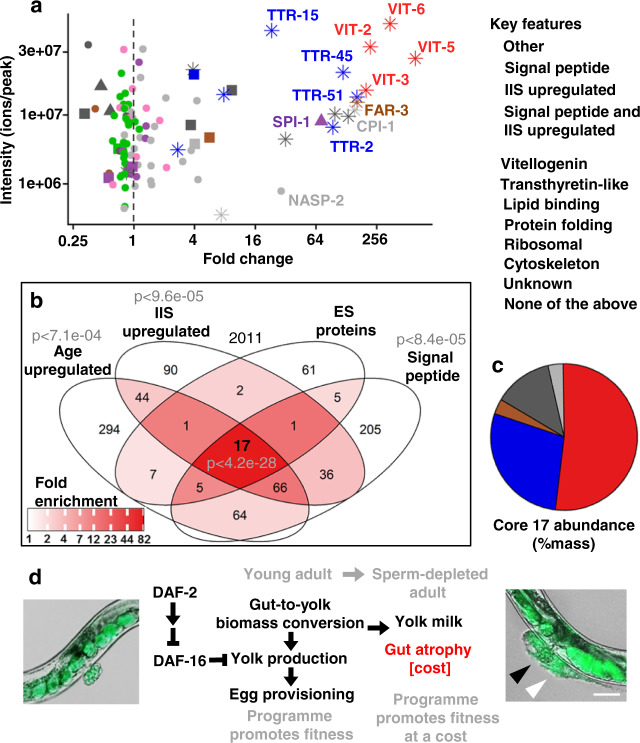Fig. 4. Analysis of adult ES proteome, including yolk milk proteome.
a Relationship between protein level (intensity) in the day 4 adult ES proteome and increased abundance with age in the overall proteome, the latter from published data for wild type and daf-2(e1370) mutant adult C. elegans (ref. 46). “Age upregulated” was defined as showing an increase of >log2 = 1 day 17 vs day 1 (vertical dotted line). Right hand cluster includes many IIS- and age-upregulated secreted proteins. Left hand cluster likely includes more proteins shed by tissue breakdown. b Enrichment analysis of adult-specific ES proteome proteins relative to all proteins detected in the reference study46. Significant over-representation was detected using a one-tailed SuperExactTest45. c Percentage abundance categorisation of the core 17 proteins in the adult-specific ES proteome that are IIS upregulated, age upregulated and likely to be secreted (i.e. bear a predicted N-terminal signal peptide). For raw MS data see Supplementary Data 1. For details of IIS upregulation and daf-16 dependence see Supplementary Fig. 3. For L3 ES proteome and specific proteins of interest see Supplementary Fig. 4. For tissue enrichment analysis and comparison to proteomic analysis of human milk see Supplementary Fig. 5. Data are available via ProteomeXchange with identifier PXD025472. d Model of intestinal conversion to yolk in sperm-depleted adults, where the benefit of yolk milk comes at the cost of intestinal atrophy. Here IIS promotes self-destructive somatic biomass repurposing, thus promoting senescence in a fashion typical of organisms exhibiting semelparous reproductive death8. Scale 50 μm.

